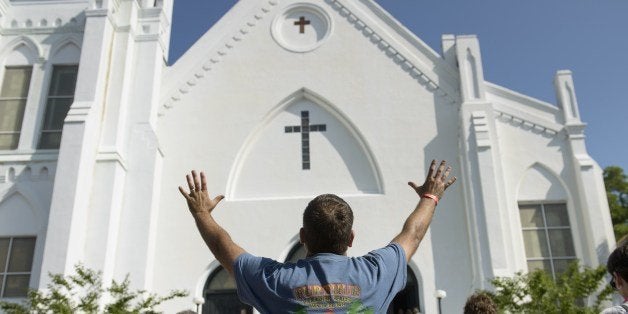
A new report by the New America Foundation released today revealed that since 9/11 more individuals were killed by terrorist attacks from far right wing extremists like neo-Nazis and sovereign citizens, with 48 fatalities, than by Salafist Jihadists, who killed 26.
The report comes at a time where critics have correctly contended that resources and popular perception have been disproportionately focused on terrorism by Salafist Jihadists. Those critics make an important point that the terrorist threat on the homeland is indeed multifaceted, and that we should consider all potential ideological underpinnings when assessing these threats, and that we should expend greater resources in particular to right wing anti-government and racist extremism.
However, it is also important to understand that the next attack does not necessarily come from who had more terrorist attacks before. The next terrorist attack will come from whoever is operational and undetected tomorrow and we simply do not know where in the ideological universe he or she is from, though there are some significant qualitative arguments that plausibly skew the current mass terror threat somewhat more to Salafist Jihadists.
In July 2001, the New York Times ran an op-ed piece by counterterrorism analyst Larry Johnson, entitled "The Declining Terrorist Threat":
Judging from news reports and the portrayal of villains in our popular entertainment, Americans are bedeviled by fantasies about terrorism. They seem to believe that terrorism is the greatest threat to the United States and that it is becoming more widespread and lethal. They are likely to think that the United States is the most popular target of terrorists. And they almost certainly have the impression that extremist Islamic groups cause most terrorism. None of these beliefs are based in fact.
He further contended:
Although high-profile incidents have fostered the perception that terrorism is becoming more lethal, the numbers say otherwise, and early signs suggest that the decade beginning in 2000 will continue the downward trend.
Weeks later, the 9/11 attacks killed almost 3,000 Americans in New York, Pennsylvania and at the Pentagon. The lesson from all this is that using retrospective data on a highly evolving and fluid terrorist threat scenario is simply speculative and often wrong.
Another important point is the data we use. Fatal terror attacks in the United States have involved a small number of deaths, meaning that the data can skew significantly from only one or two mass terrorist plots coming to fruition on either side of the ideological spectrum. An attempted bombing at a 2011 Martin Luther King Day parade in Spokane by a former member of the neo-Nazi National Alliance could have resulted in numerous casualties. The same is true for two attempted bombings by al Qaeda extremists of trans-Atlantic American commercial planes in 2001 and 2009.
Additionally, homicide data does not take into account total casualties of those injured. While the Boston Marathon bombing killed only three civilians, it injured 264 others, with well over one dozen amputees. The subsequent lock down of Boston and surrounding areas during the manhunt for the suspect also had significant economic costs to the region, not to mention the fear from the assailants being on the loose. Either of these metrics would have skewed substantially more toward radical Salafist Jihadists. A recent study in the journal American Behavioral Scientist by Dr. Mark Pitcavage, however, shows that lone attacks by active shooters appear more prevalent among right wing extremists.
Moreover, the retrospective quantitative data on homicides does not take into account the fluidity of the terrorist threat, and in particular the grave threat emerging from a combination of Salafist mastery of recruiting and training from the most sophisticated online extremist strategy the world has ever seen.
Lastly, not all mass violence gets classified as terrorism. The deadliest active shooter Seung-Hui Cho murdered 32 souls and wounded 17 others at Virginia Tech without championing any extremist ideology, while Adam Lanza killed 27 in Newtown, Connecticut, including 20 school children. Those two killers combined murdered more people than either far right radicals or Salafist Jihadists.
The terrorist threat is real. And the ability of many would-be terrorists and other mass killers is improving, as at least their Internet skills and access to more lethal modalities improves. Numbers of deaths is only one way of looking at the extent of the problem, but as imperfect as retrospective data is, we are at far greater risk from vehicle accidents at 33,000 annually and murder number about 12,000.
Our focus on only one type of ideological terrorist risk creates what economists call availability and unfamiliar event heuristics, where misperceptions and fears about the risk and frequency of events come to frame an inaccurate understanding of them and their context. With everything from terrorism to vehicular accidents, our risks are broader than our fears dictate.
